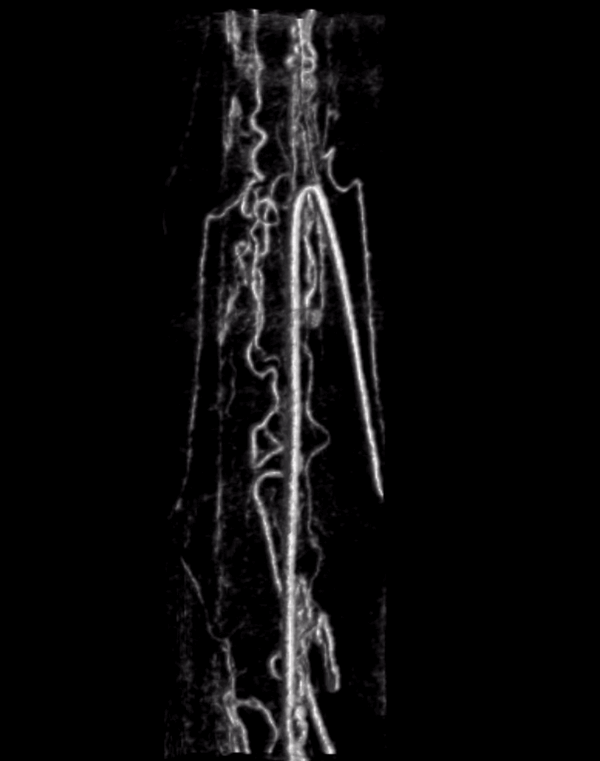
Case of Dr. Eytan Raz
Much of what we try to understand about the spinal cord is by analogy with what happens in the brain. We should be careful when we do that, of course, but one has to start somewhere. The topic of spinal cord stroke is one such area. Spinal stokes are rare, etiologies are not well understood, and imaging is severely limited by size of the cord. We really dont understand penumbra, collateral circulation, etc in any detail. We do understand that a lot more in the brain, and the analogy at least in the big picture seems reasonable.
Here we see a patient presenting with signs and symptoms of cord ischemia. Details are always withheld on neuroangio for privacy reasons. Suffice it to say that the patient has improved since presentation and symptoms are relatively mild, compared to the devastating complete anterior spinal artery infarct. MRI shows much more abnormality than might be suspected based on clinical presentation. That is one of the areas we don’t understand well. The middle image is diffusion — a much larger area than would be suspected clinically.
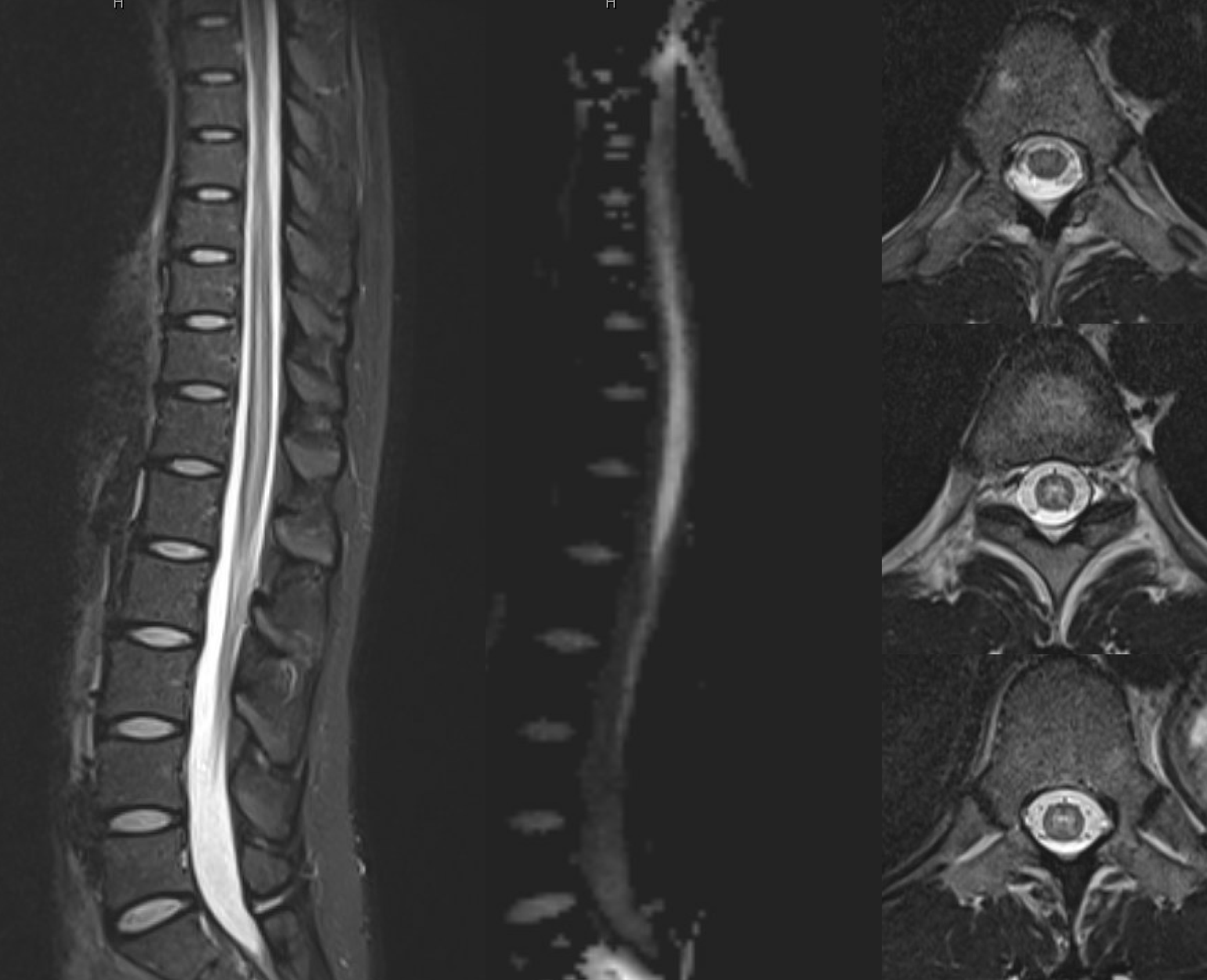
Angio — the single large Adamkiewicz / anterior spinal system are patent. What does that mean? Probably that it reopened, but we don’t know well. Notice how well the cord blush is seen — subjective evaluation but this is more than usual
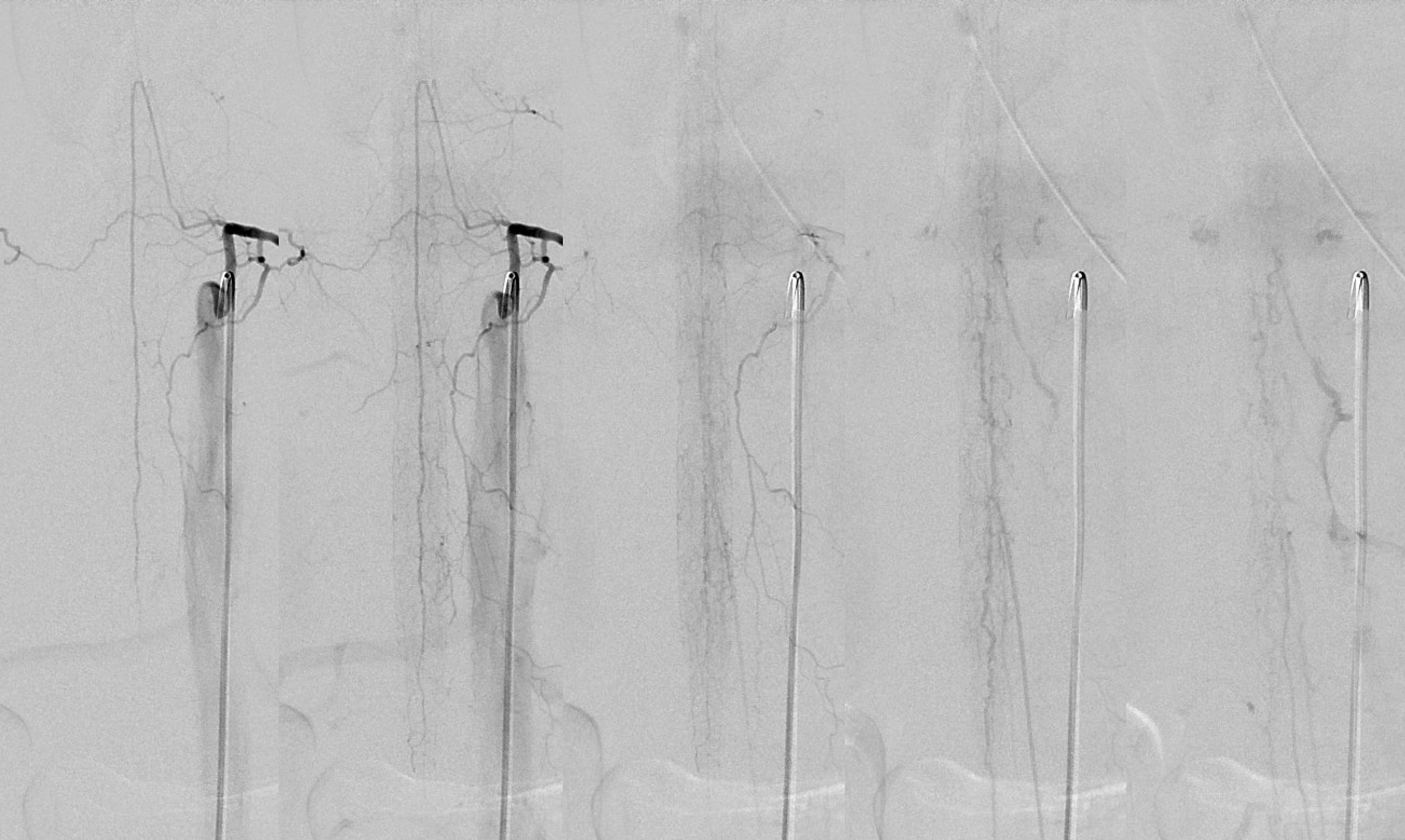
DYNA — a very unusual prominence of veins around the conus — this is what by analogy with brain we might consider to likely be reperfusion
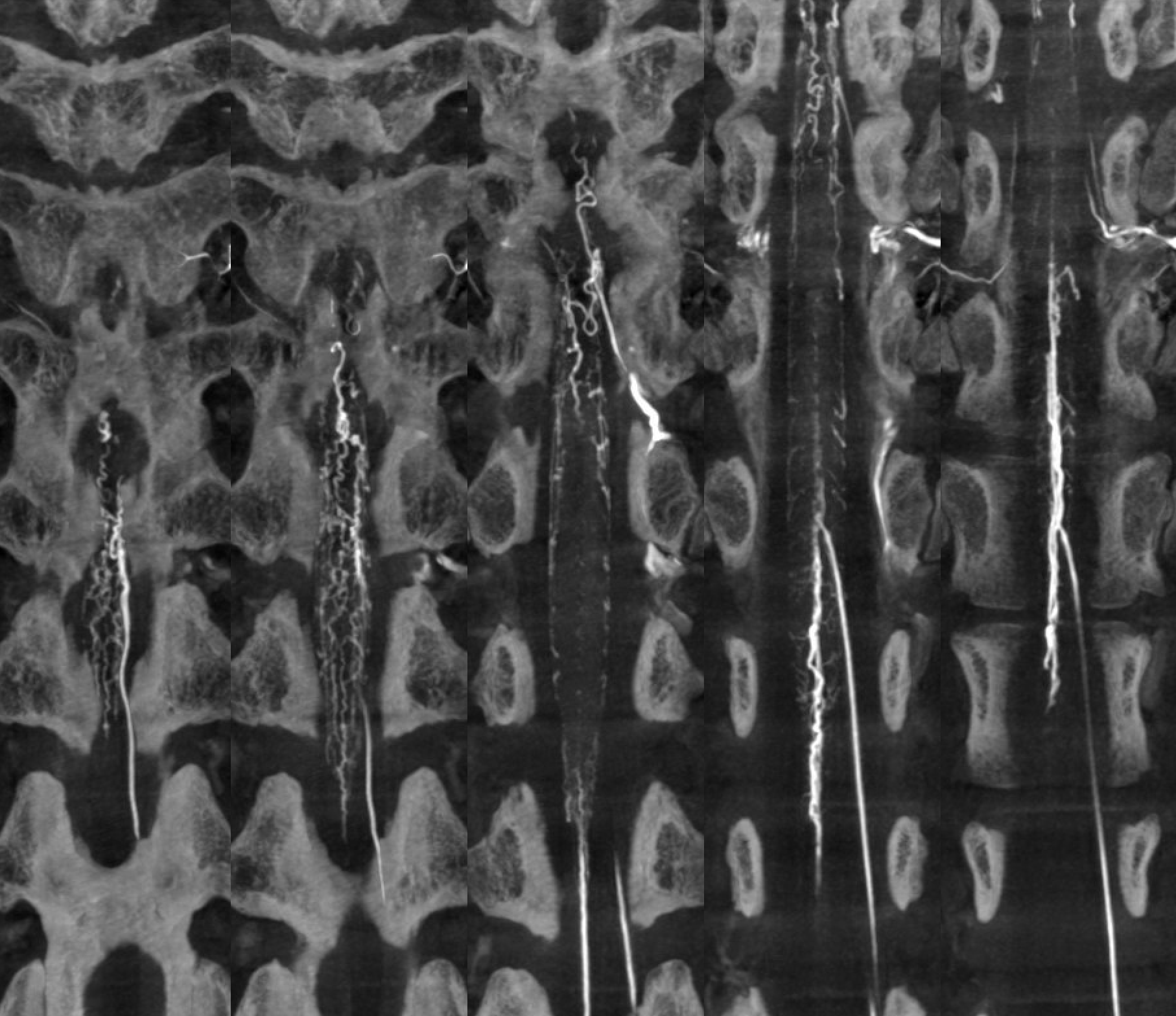
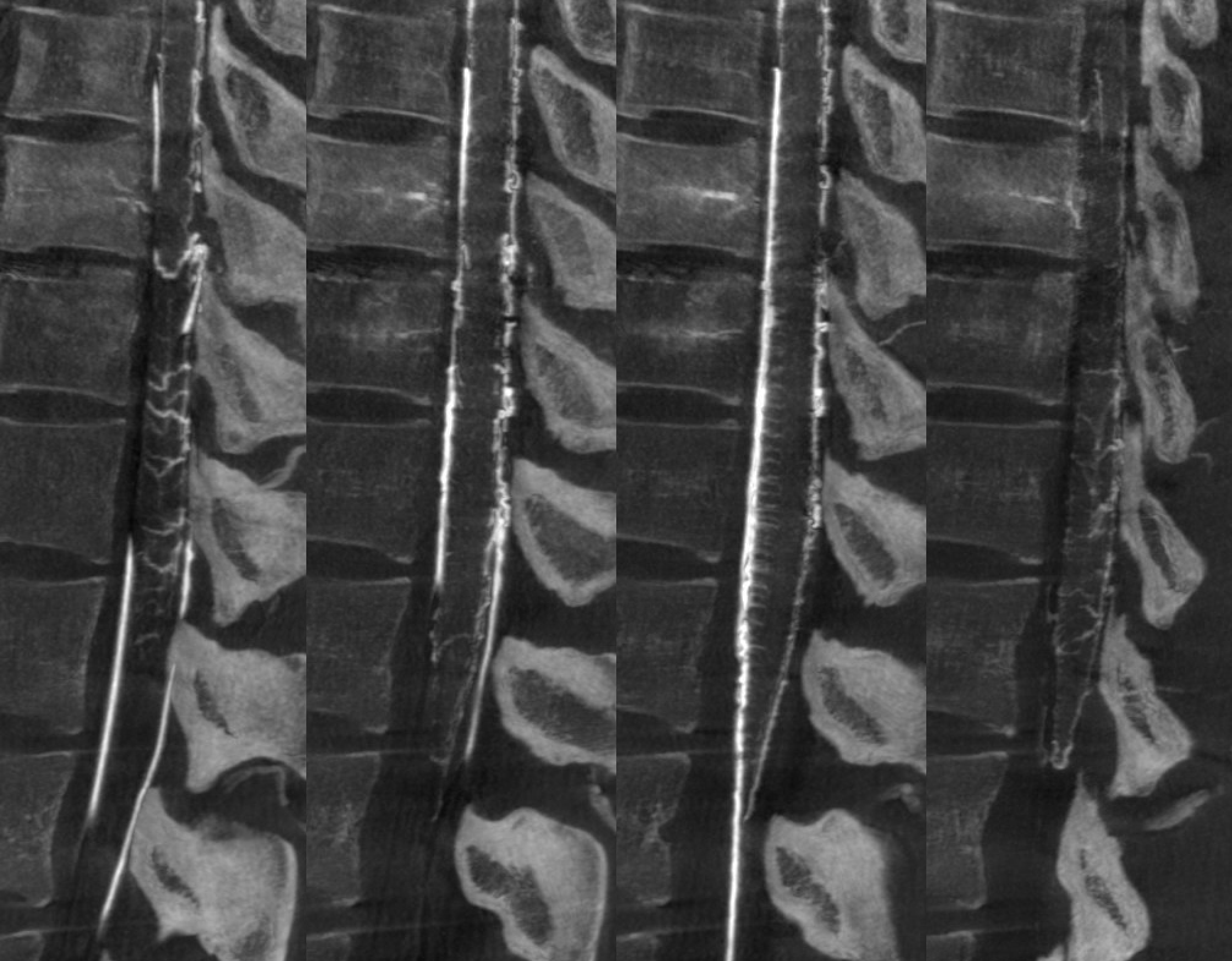
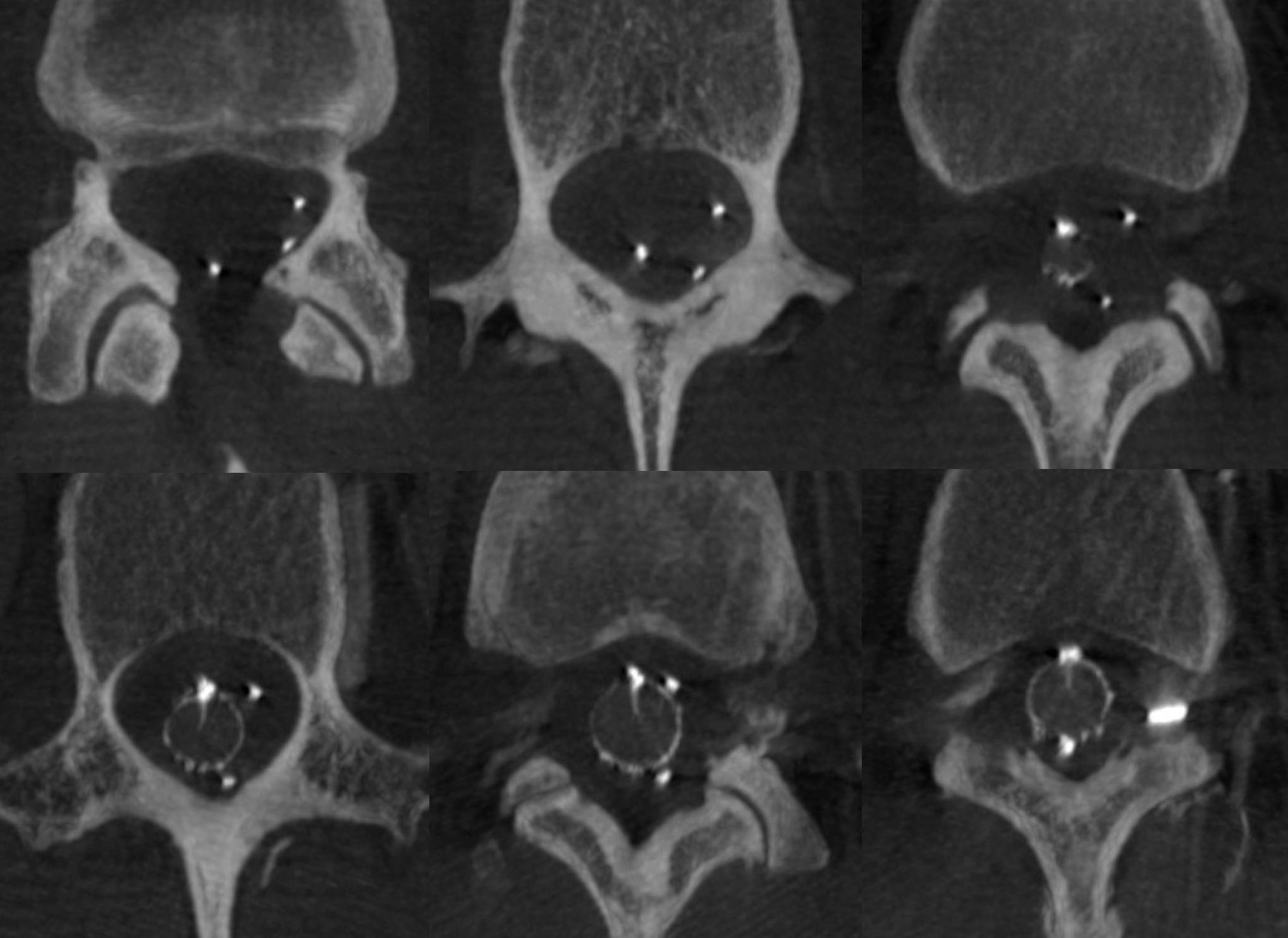
Some amazing stereos
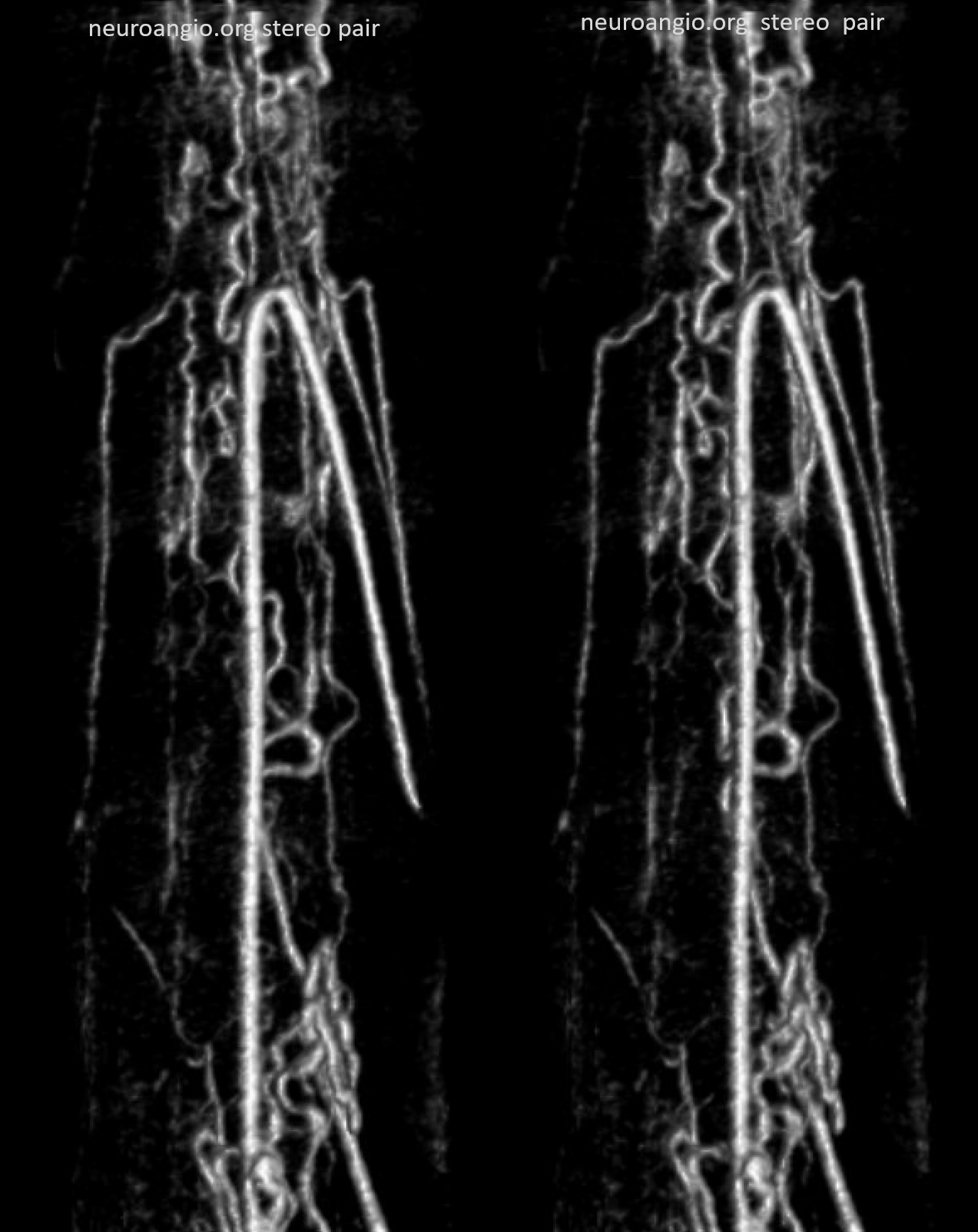
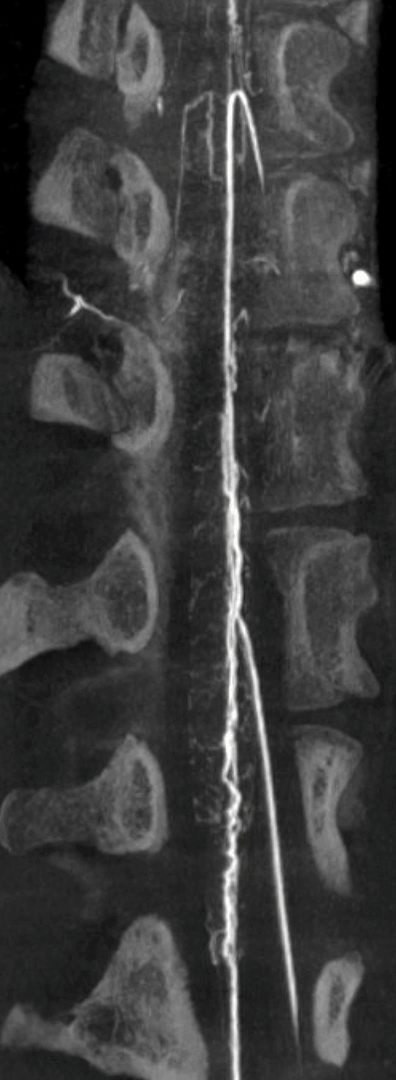
So, apart from the above demonstrations, we do not have a definitive etiology. This is part of the challenges we face with ischemic cord cases. But progress is being made
